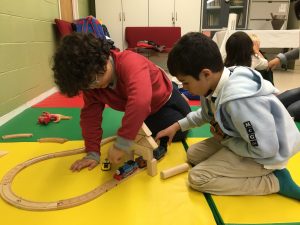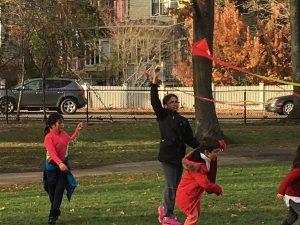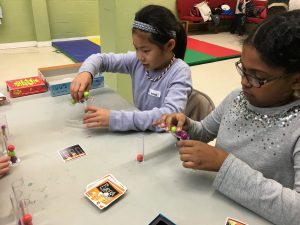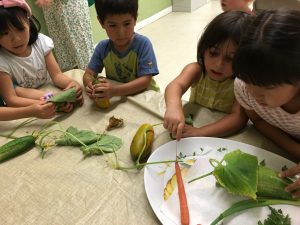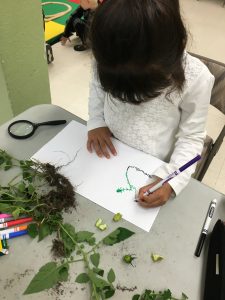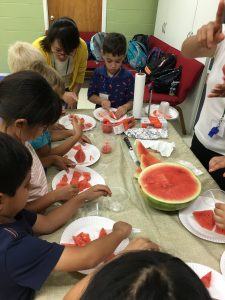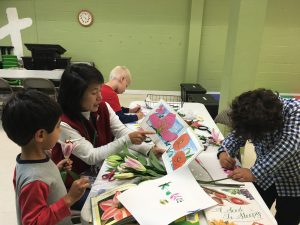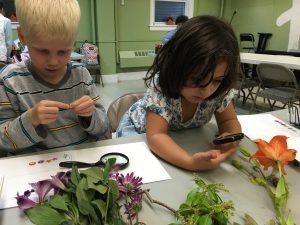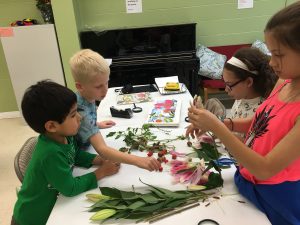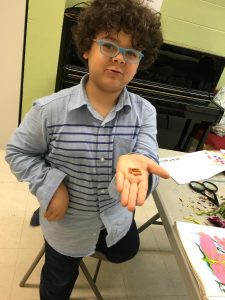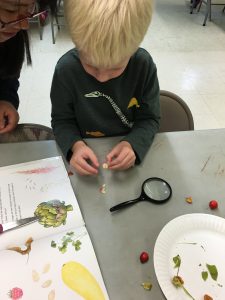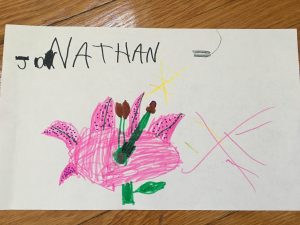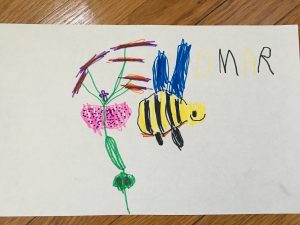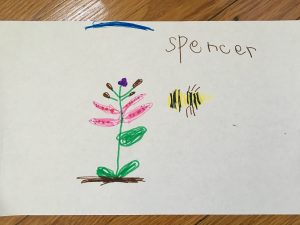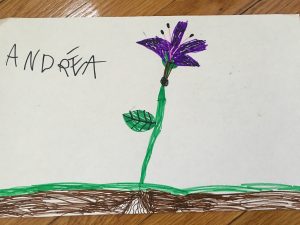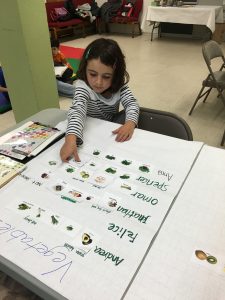Fruits versus Vegetables
At the Lin Learning Center, preparing a variety of snacks is a very important part of our daily activities. Every day the children ask, “What are we eating today?” They learn about good eating habits due to their exposure to a healthy medley of foods. This has spurred curiosity in the children. Eventually they began to ask, “Are we eating fruits or vegetables?” They made observations such as “Fruits are sweet and vegetables are not. Vegetables are green. Fruits have seeds and are colorful.” All of this led us to looking at the differences between these two food groups.
Over the next couple of months, we read many books about plants including, Edible Colors by Jennifer Bogel Bass and From Seed to Plant by Gail Gibbons. We also examined on the observation table many different parts of plants such as melons, mint leaves, edamame, cucumbers, and strawberries. One day, we sent the children to discover different plant parts from the playground such as acorns, dandelions, milkweed seeds, and Japanese maple seeds to dissect as well.
The children also observed entire uprooted tomato and cucumber plants. They noted that unripe cucumbers look like cacti, that the leaves and stems are rough, and that unripe cucumber and tomatoes foam where the flower is dying. At closer examination, the children discovered the flowers are sticky at the bottom from the nectar and that the brown powder around the inside is the pollen.
“The pollen feels like sand,” Spencer said.
This brought up the topic of pollination. Several children mentioned how bees and butterflies assisted in pollinating, but didn’t have a full understanding as to how this helps the fruit grow. Dissecting the flower and identifying the stigma and ovules clarified this. The children even drew their discoveries to help with this learning process.
To conclude this project, the children organized over two hundred pictures of food into categories. As they did this, they revisited their original claims on the differences between fruits and vegetables. They learned that not all vegetables are green and fruit doesn’t have to be sweet but it must have seeds.
References:
- Edible Colors by Jennifer Vogel Bass
- Plant Secrets by Emily Goodman
- A Seed Is Sleepy by Dianna Hutts Aston and Sylvia Long
- From Seed to Plant by Gail Gibbons
- How Does A Seed Sprout? and Other Questions About Plants by Melissa Stewart



